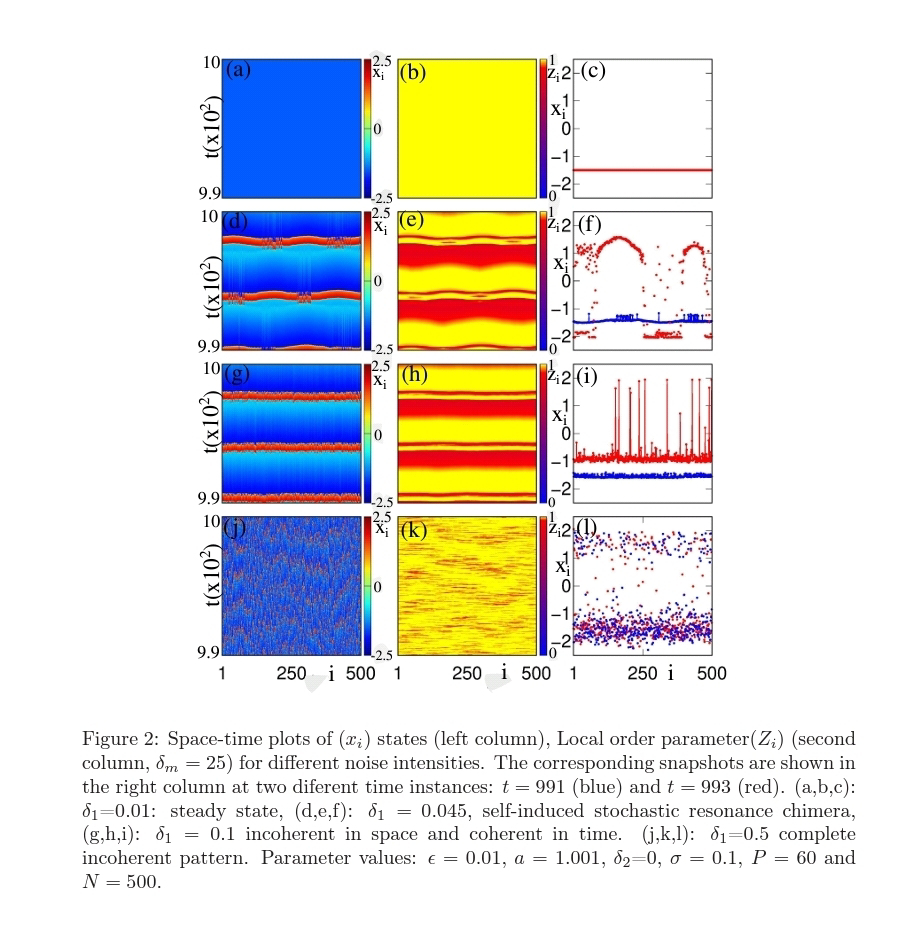<< WHEN YOU LOOK at photos of Americans during the 1918 influenza pandemic, one feature stands out above all else: masks. (..) Newspapers published instructions for sewing masks at home. >>
<< After the 1918 pandemic, the prophylactic use of masks among the general public largely fell out of favor in America and much of the West. The US Centers for Disease Control and Prevention has almost never advised healthy people to wear masks in public to prevent influenza or other respiratory diseases. In the past few months, with medical supplies dangerously diminished, the CDC, US surgeon general Jerome Adams, and the World Health Organization have urged people not to buy masks, paradoxically claiming that masks are both essential for the safety of health care workers and incapable of protecting the public from Covid-19. >>
<< Recently, some experts have disputed this contradictory advice. They propose that widespread use of masks is one of the many reasons why China, Japan, South Korea, and Taiwan have controlled outbreaks of coronavirus much more effectively than the US and Europe. "Of course masks work," sociologist Zeynep Tufekci wrote in a New York Times editorial. "Their use has always been advised as part of the standard response to being around infected people." Public health expert Shan Soe-Lin and epidemiologist Robert Hecht made a similar argument in the Boston Globe (..) Last week, George Gao, director-general of the Chinese Center for Disease Control and Prevention, said that America and Europe are making a "big mistake" by not telling the public to wear masks during the ongoing pandemic. >>
<< N95s (N95 mask) are so-named because they filter out 95 percent of particles with a diameter of 0.3 microns, (..) Particles 0.3 microns wide are just the right size to ride a stream of air through a filter’s fibrous maze, but it is still possible to thwart them with enough twists and turns.>>
<< the bacterium that causes anthrax is 0.8 microns wide and 1.4 microns long, whereas influenza viruses and coronaviruses are usually between 0.08 and 0.12 microns. But microbes expelled from someone’s respiratory tract are rarely naked: the droplets they travel in range in size from 0.6 to more than 1,000 microns. >>
<< Although surgical masks are not tightly sealed like N95s, the filters they contain are still a major impediment to microbes. The CDC and other health agencies often say that surgical masks catch only spurts of bodily fluids and very large respiratory droplets, and that they cannot filter tiny infectious particles. But this is simply not true. >>
<< Because so many trials find only a marginal benefit or none at all, some health agencies have decided against recommending masks to the general public. But the inconsistency of randomized trials does not negate the robust physical evidence that masks block respiratory droplets and microbes. >>
<< "To be honest, it’s common sense," says Tang (virologist Julian Tang). "If you put something in front of your face, it’s going to help more than not." If enough people wear masks at least somewhat correctly at least some of the time, the overall benefits could be dramatic. A 2011 review of high-quality studies found that among all physical interventions used against respiratory viruses-including handwashing, gloves, and social distancing-masks performed best, although a combination of strategies was still optimal. >>
It's Time to Face Facts, America: Masks Work. Official advice has been confusing, but the science isn't hard to grok. Everyone should cover up. Wired. Ideas. March 30, 2020.
https://www.wired.com/story/its-time-to-face-facts-america-masks-work/
Also
a funky, immediate approach of the sneezing from Wuhan (a relative safe barrier - this device is NOT a filter) FonT. Mar 20, 2020
https://flashontrack.blogspot.com/2020/03/life-funky-immediate-approach-of.html
Also
climate change plus Zika, then a behavioral transition, hat burqa- like everywhere ... FonT. Mar13, 2016.
https://flashontrack.blogspot.com/2016/03/s-epidemiol-climate-change-plus-zika.html
Also
keyword 'virus' in FonT
https://flashontrack.blogspot.com/search?q=virus
keyword 'virus' in Notes (quasi- stochastic poetry)
https://inkpi.blogspot.com/search?q=virus
keyword 'snake' in FonT
https://flashontrack.blogspot.com/search?q=snake
keyword 'bat' in FonT
https://flashontrack.blogspot.com/search?q=bat

